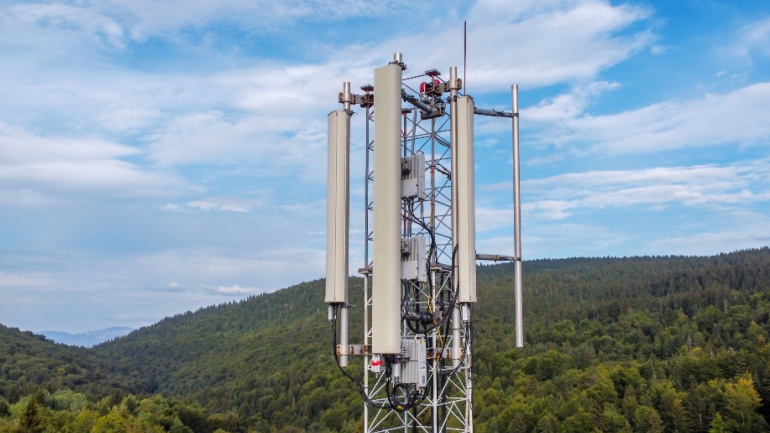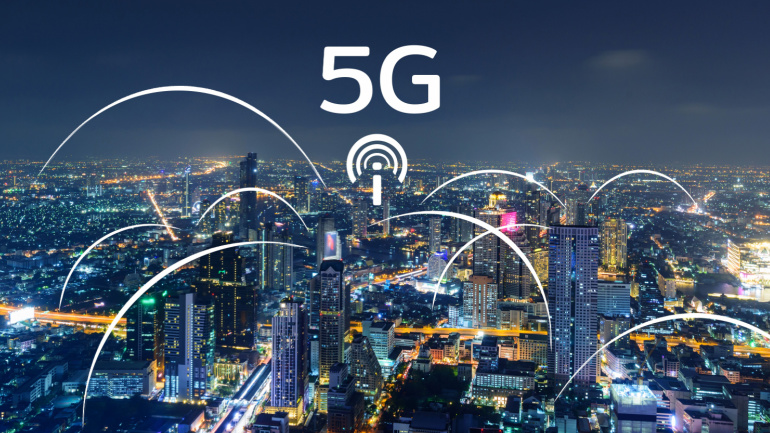In collaboration with the i2CAT Foundation, Vodafone is advancing an automated multi-vendor management system tailored for Open RAN. This initiative aims to streamline the integration of diverse hardware and software components from multiple vendors, a key feature of Open RAN technology.
Orange and Vodafone have announced significant progress in their collaborative Open RAN pilot project in Romania, now incorporating 2G capabilities. This development is part of their ongoing effort to innovate and optimize network technology.
Samsung and O2 Telefonica have unveiled their inaugural virtualised RAN (vRAN) and Open RAN commercial site in Landsberg am Lech, Bavaria, marking a significant milestone in Germany’s mobile network evolution. This deployment represents the premiere integration of Samsung’s 5G vRAN technology into a German commercial network.
Vodafone and Nokia have wrapped up a significant Open RAN trial in northern Italy after a three-month test period in the towns of Arcisate and Sernio, located in Lombardy. This trial, conducted on a standalone 5G network, aimed to assess the performance and viability of Open RAN technology in real-world conditions.
In a move to advance Open RAN technology, UK-based tech incubator Digital Catapult has introduced outdoor testing facilities through its SONIC (SmartRAN Open Network Interoperability Centre) Labs programme. The initiative aims to provide a real-world environment for firms to explore the practical value of Open RAN applications.
Hewlett Packard Enterprise (HPE) is joining forces with TELUS to pioneer Canada’s inaugural 5G open radio access network (Open RAN), marking a significant advancement in the country’s mobile connectivity infrastructure. By supplying essential infrastructure across 3,000 locations, this collaboration aims to revolutionize the way Canadians connect, offering faster and more responsive mobile services.
In a groundbreaking move, Mavenir is joining forces with Terrestar Solutions, a satellite operator based in Canada, to pioneer a project that seamlessly blends satellite connectivity with Open RAN terrestrial networks. This collaboration, revealed just before the Mobile World Congress (MWC), aims to offer users across the globe uninterrupted connectivity by merging satellite and terrestrial network capabilities.
The radio access network (RAN) equipment market experienced a significant downturn last year, as highlighted by recent reports from Omdia and Dell’Oro. These reports, drawing from detailed market analysis, reveal a challenging period for the industry, with global RAN revenues dropping by 11% to just over $40 billion.
TELUS, in partnership with Samsung Electronics, has unveiled plans to initiate Canada’s inaugural commercial virtualized and open radio access network (RAN), marking a significant leap forward in the telecom industry. This next-generation network technology aims to elevate performance, flexibility, energy efficiency, and automation, setting a new standard for mobile connectivity across Canada.
In a significant move to bolster innovation and development in mobile network technology, the US government, through the National Telecommunications and Information Administration (NTIA), has allocated $42.3 million to support research in Open RAN. This investment is part of a larger $1.5 billion Public Wireless Supply Chain Innovation Fund aimed at enhancing the Open RAN ecosystem. Leading the charge are telecom giants AT&T and Verizon, in collaboration with a consortium that includes notable academic institutions, industry manufacturers, and international telecom operators NTT DoCoMo from Japan and Reliance Jio from India.













